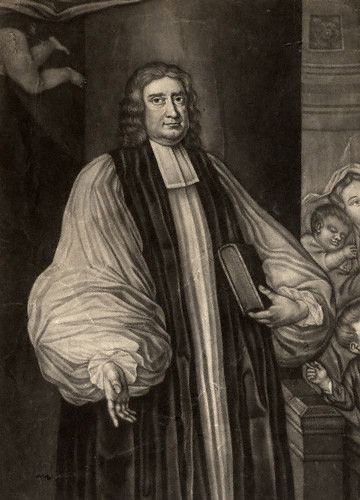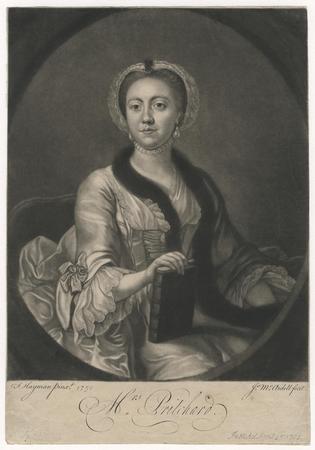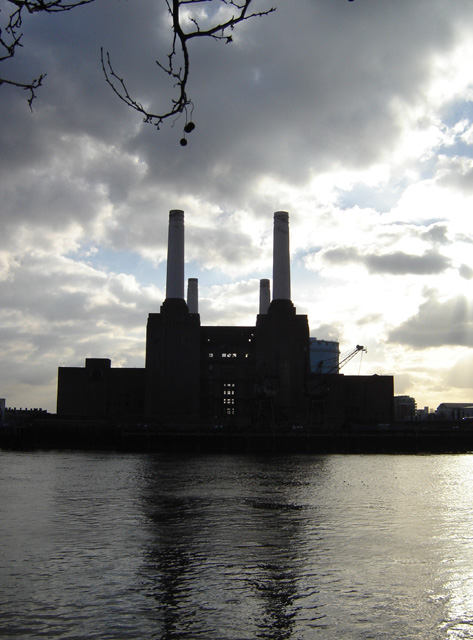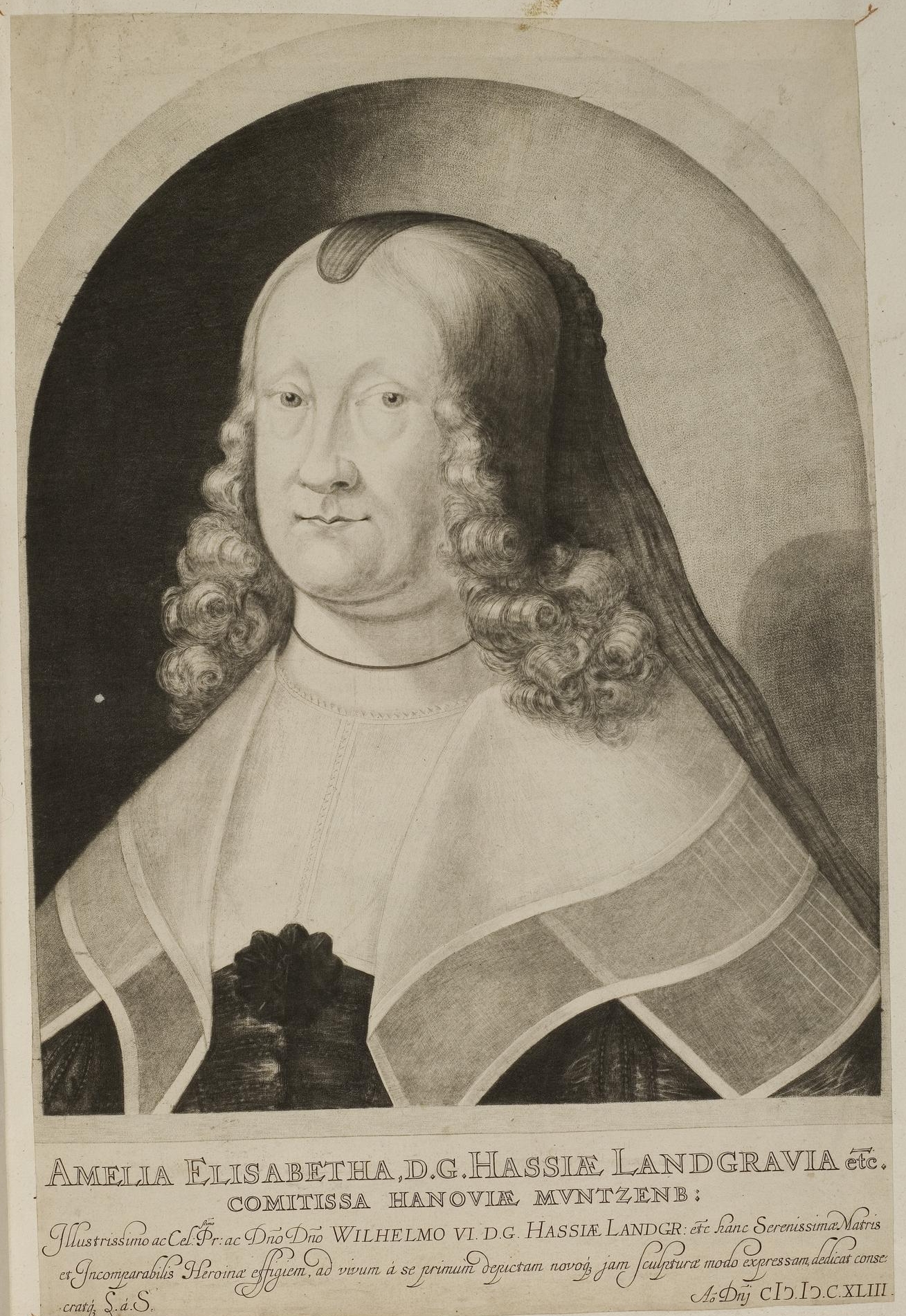|
John Brooks (engraver)
John Brooks (fl. 1755) was an Irish engraver. Life Active initially in Dublin, around 1747 he settled in London, managing a business at Battersea for the enamelling of china in colours by a process which he had devised. The articles produced were ornamented with subjects chiefly from Homer and Ovid. After a period of success the business folded on the bankruptcy of its chief proprietor, Stephen Theodore Janssen, Lord Mayor of London for 1754-5. Brooks stayed in London as an engraver and enameller of china. Some of his pupils of Brooks worked as engravers in mezzotint, among them Michael Ford and James MacArdell. Works Brooks' first known work was executed in line-engraving at Dublin in 1730. The earliest engraved portrait of Peg Woffington Margaret Woffington (18 October 1720 – 28 March 1760), was an Irish actress and socialite of the Georgian era. Early life Woffington was born of humble origins in Dublin, Ireland yet excelled in playing women from the upper classe ... [...More Info...] [...Related Items...] OR: [Wikipedia] [Google] [Baidu] |
Dublin
Dublin is the capital and largest city of Republic of Ireland, Ireland. Situated on Dublin Bay at the mouth of the River Liffey, it is in the Provinces of Ireland, province of Leinster, and is bordered on the south by the Dublin Mountains, part of the Wicklow Mountains range. Dublin is the largest city by population on the island of Ireland; at the 2022 census of Ireland, 2022 census, the city council area had a population of 592,713, while the city including suburbs had a population of 1,263,219, County Dublin had a population of 1,501,500. Various definitions of a metropolitan Greater Dublin Area exist. A settlement was established in the area by the Gaels during or before the 7th century, followed by the Vikings. As the Kingdom of Dublin grew, it became Ireland's principal settlement by the 12th century Anglo-Norman invasion of Ireland. The city expanded rapidly from the 17th century and was briefly the second largest in the British Empire and sixth largest in Western Europ ... [...More Info...] [...Related Items...] OR: [Wikipedia] [Google] [Baidu] |
Hugh Boulter
Hugh Boulter (4 January 1672 – 27 September 1742) was the Church of Ireland Archbishop of Armagh, the Primate of All Ireland, from 1724 until his death. He also served as the chaplain to George I from 1719. Background and education Boulter was born in London, son of John Boulter, described as a man of "good reputation and estate", and was educated at Merchant Taylors' School before attending Christ Church, Oxford. However, after only a year at Christ Church, he transferred to Magdalen College. Career After leaving the university in 1700 Boulter served as a chaplain to several prominent individuals, including Sir Charles Hedges, the Secretary of State for the North, and Thomas Tenison, the Archbishop of Canterbury, before being awarded his D.D. in 1708. After spending seven years working as a rector, Boulter was appointed as the archdeacon of Surrey in 1715. In 1719 Boulter was announced as the successor to George Smalridge as both the Dean of Christ Church and as the ... [...More Info...] [...Related Items...] OR: [Wikipedia] [Google] [Baidu] |
18th-century Irish People
The 18th century lasted from 1 January 1701 (represented by the Roman numerals MDCCI) to 31 December 1800 (MDCCC). During the 18th century, elements of Enlightenment thinking culminated in the Atlantic Revolutions. Revolutions began to challenge the legitimacy of monarchical and aristocratic power structures. The Industrial Revolution began mid-century, leading to radical changes in human society and the environment. The European colonization of the Americas and other parts of the world intensified and associated mass migrations of people grew in size as part of the Age of Sail. During the century, slave trading expanded across the shores of the Atlantic Ocean, while declining in Russia and China. Western historians have occasionally defined the 18th century otherwise for the purposes of their work. For example, the "short" 18th century may be defined as 1715–1789, denoting the period of time between the death of Louis XIV of France and the start of the French Re ... [...More Info...] [...Related Items...] OR: [Wikipedia] [Google] [Baidu] |
Year Of Death Missing
A year is a unit of time based on how long it takes the Earth to orbit the Sun. In scientific use, the tropical year (approximately 365 solar days, 5 hours, 48 minutes, 45 seconds) and the sidereal year (about 20 minutes longer) are more exact. The modern calendar year, as reckoned according to the Gregorian calendar, approximates the tropical year by using a system of leap years. The term 'year' is also used to indicate other periods of roughly similar duration, such as the lunar year (a roughly 354-day cycle of twelve of the Moon's phasessee lunar calendar), as well as periods loosely associated with the calendar or astronomical year, such as the seasonal year, the fiscal year, the academic year, etc. Due to the Earth's axial tilt, the course of a year sees the passing of the seasons, marked by changes in weather, the hours of daylight, and, consequently, vegetation and soil fertility. In temperate and subpolar regions around the planet, four seasons are ... [...More Info...] [...Related Items...] OR: [Wikipedia] [Google] [Baidu] |
John Chaloner Smith
John Chaloner Smith (19 August 1827 – 13 March 1895) was an Irish civil engineer, remembered as collector of and writer on British mezzotints. Life Smith was born in Dublin in 1827. His father was a proctor of the ecclesiastical courts, and married a granddaughter of Travers Hartley, M.P. for Dublin in the Irish parliament. Chaloner Smith was admitted to Trinity College, Dublin, in 1846, and in 1849 graduated B.A. He was articled to George Willoughby Hemans the engineer, and in 1857 was appointed engineer to the Waterford and Limerick Railway. In 1868 he took a similar position in the Dublin, Wicklow and Wexford Railway, and held it till 1894. He carried out some major extensions of the line, and was mainly responsible for the Loopline Bridge crossing the River Liffey, connecting the Great Northern and South-Eastern railways of Ireland. He died at Bray, County Wicklow. Works His ''British Mezzotinto Portraits … with Biographical Notes'' (London, 1878–84, 4 pts.) cons ... [...More Info...] [...Related Items...] OR: [Wikipedia] [Google] [Baidu] |
John Thomas Gilbert
Sir John Thomas Gilbert, LLD, FSA, RIA (23 January 1829 – 23 May 1898) was an Irish archivist, antiquarian and historian. Early life and education John Thomas Gilbert was born on 23 January 1829, the second son of John Gilbert, an English Protestant, who was Portuguese consul in Dublin, and Marianne Gilbert, an Irish Catholic, daughter of Henry Costello. He was born in Jervis Street, Dublin. His early days were spent at Brannockstown, County Meath. Gilbert, Rosa Mulholland''Life of Sir John T. Gilbert, LL.D., F.S.A., Irish historian and archivist, vice-president of the Royal Irish Academy, secretary of the Public Record office of Ireland'' London: Longmans, 1905. He was educated at Bective College, Dublin, and at Prior Park College near Bath, England. He received no university training, as his mother was unwilling for him to attend the Anglican Trinity College, Dublin, which was at that time the only university in Dublin. In 1846, his family moved to Blackrock, a Dublin subur ... [...More Info...] [...Related Items...] OR: [Wikipedia] [Google] [Baidu] |
Peg Woffington
Margaret Woffington (18 October 1720 – 28 March 1760), was an Irish actress and socialite of the Georgian era. Early life Woffington was born of humble origins in Dublin, Ireland yet excelled in playing women from the upper classes. Her father is thought to have been a bricklayer, and after his death, the family became impoverished. Her mother was obliged to take in washing while Peg sold watercress door to door. Madame Violante, a famous tightrope walker took her on as her apprentice.Richards, Sandra. ''The Rise of the English Actress''. New York: St. Martin's Press, 1993. Her sister Mary Woffington was also an actress but she did not enjoy the same success. Acting career Around 1730, Madame Violante featured the young Woffington in her Lilliputian Theatre Company's production of John Gay’s '' The Beggar’s Opera''. Her performance as Mackheath served as a springboard for continued fame in Dublin. She continued dancing and acting in the area – playing Dorinda in ... [...More Info...] [...Related Items...] OR: [Wikipedia] [Google] [Baidu] |
James MacArdell
James MacArdell (c. 1729 – 1765) was an Irish mezzotinter. Life He was born in Cow Lane (later Greek Street), Dublin, around 1729. He learnt mezzotint-engraving from John Brooks (engraver), John Brooks. When Brooks moved to London in 1746, MacArdell and other pupils followed him. While in London MacArdell acquired the reputation as one of the finest mezzotint engravers in the country. He opened a print shop at the Golden Head in Covent Garden, where in 1753 he published six views of Dublin. MacArdell died on 2 June 1765, in his fifty-seventh year, and was buried in the churchyard at Hampstead, where a stone bore an inscription to his memory. Works His earliest work appears to be a head of Archbishop Hugh Boulter in an engraving, altered from one by Brooks of Bishop Robert Howard (bishop), Robert Howard. A head of Dr. Birch is stated to have been done by MacArdell in London. A portrait of Bishop Thomas Secker, engraved by MacArdell, was published in London in 1767, and also a ... [...More Info...] [...Related Items...] OR: [Wikipedia] [Google] [Baidu] |
Battersea
Battersea is a large district in southwest London, part of the London Borough of Wandsworth, England. It is centred southwest of Charing Cross and also extends along the south bank of the Thames Tideway. It includes the Battersea Park. History Battersea is mentioned in the few surviving Anglo-Saxon geographical accounts as and later . As with many former parishes beside tidal flood plains the lowest land was reclaimed for agriculture by draining marshland and building culverts for streams. By the side of this was the River Heathwall, Heathwall tide mill in the north-east with a very long mill pond regularly draining and filling to the south. Battersea () appears in the Domesday Book of 1086 in Surrey within the Hundred (county division), hundred of Hundred_of_Brixton, Brixton () as a vast manor held by St Peter's Abbey, Westminster. Its ''Domesday'' assets were: 18 hide (unit), hides and 17 ploughlands of cultivated land; 7 gristmill, mills worth £42 9s 8d per year, of m ... [...More Info...] [...Related Items...] OR: [Wikipedia] [Google] [Baidu] |
Michael Ford (engraver)
Michael Ford (died October 1758?), was an Irish mezzotint engraver. A native of Dublin, Ford had been a pupil of engraver John Brooks. When Brooks left Ireland around 1747, Ford set up shop as his successor in a store on Cork Hill. There, he engraved a number of portraits in mezzotint, which on account of their scarcity are highly valued by collectors. He also painted portraits, and engraved some himself. His subjects included senior judges like Thomas Marlay and Henry Singleton. Ford's address as publisher appears on some of the engravings by Andrew Miller and James MacArdell. With the former he seems to have been in rivalry, as they often engraved the same subjects, notably Hogarth's full-length portrait of Gustavus Hamilton, of which Ford's print seems to be the earlier of the two. It is probable that Ford visited London, but this is not certain. On 27 October 1758 the ship ''Dublin Trader'', Captain White, left Parkgate, Cheshire, for Dublin, and foundered in the Irish ... [...More Info...] [...Related Items...] OR: [Wikipedia] [Google] [Baidu] |
Mezzotint
Mezzotint is a monochrome printmaking process of the intaglio (printmaking), intaglio family. It was the first printing process that yielded half-tones without using line- or dot-based techniques like hatching, cross-hatching or stipple. Mezzotint achieves tonality by roughening a metal plate with thousands of little dots made by a metal tool with small teeth, called a "rocker". In printing, the tiny pits in the plate retain the ink when the face of the plate is wiped clean. This technique can achieve a high level of quality and richness in the print, and produce a furniture print which is large and bold enough to be framed and hung effectively in a room. Mezzotint is often combined with other intaglio techniques, usually etching and engraving, including stipple engraving. The process was especially widely used in England from the eighteenth century, and in France was called ''la manière anglais'' (“the English manner”). Until the 20th century it has mostly been used for ... [...More Info...] [...Related Items...] OR: [Wikipedia] [Google] [Baidu] |





